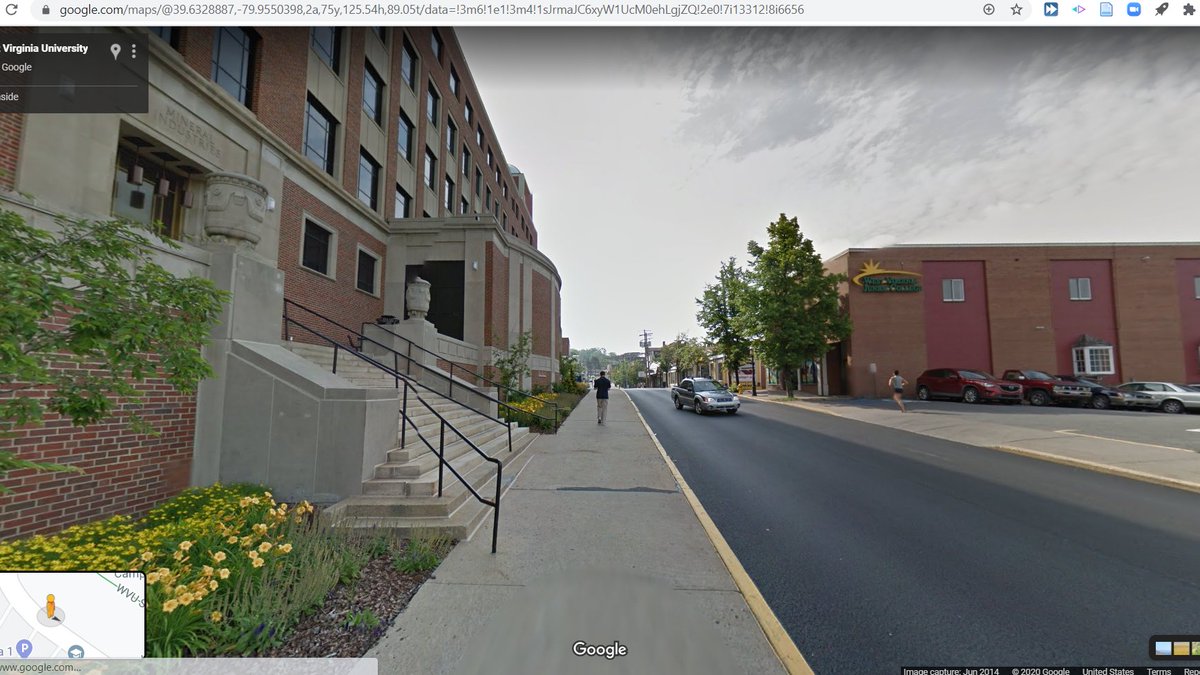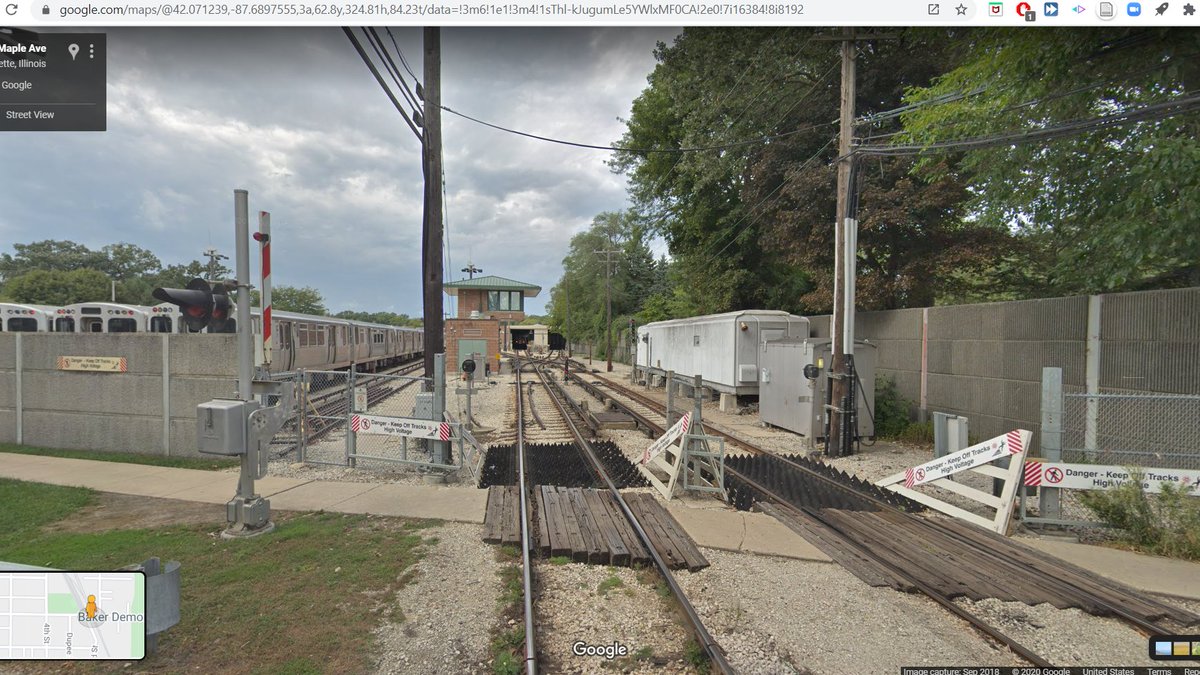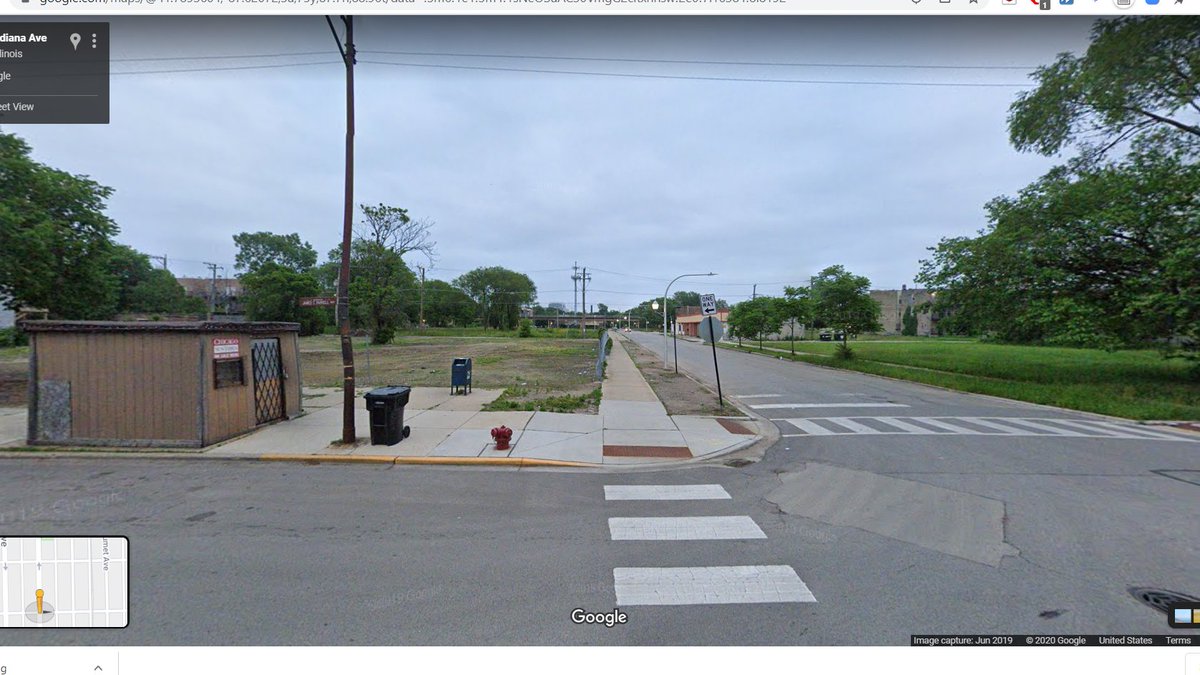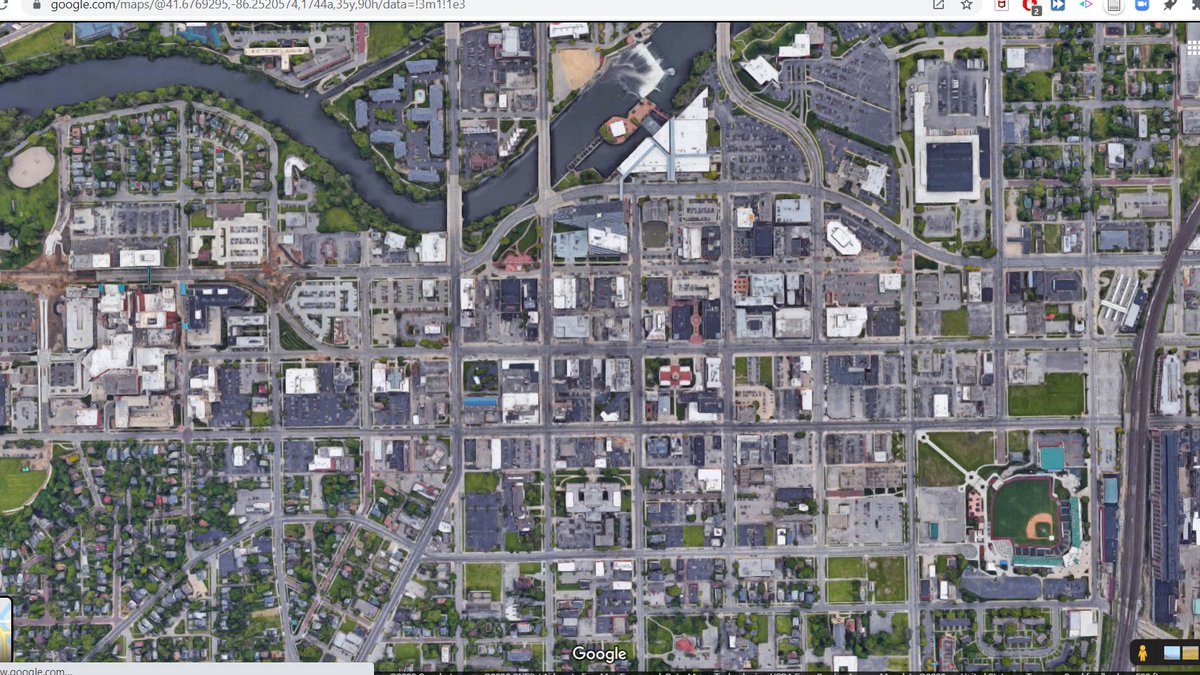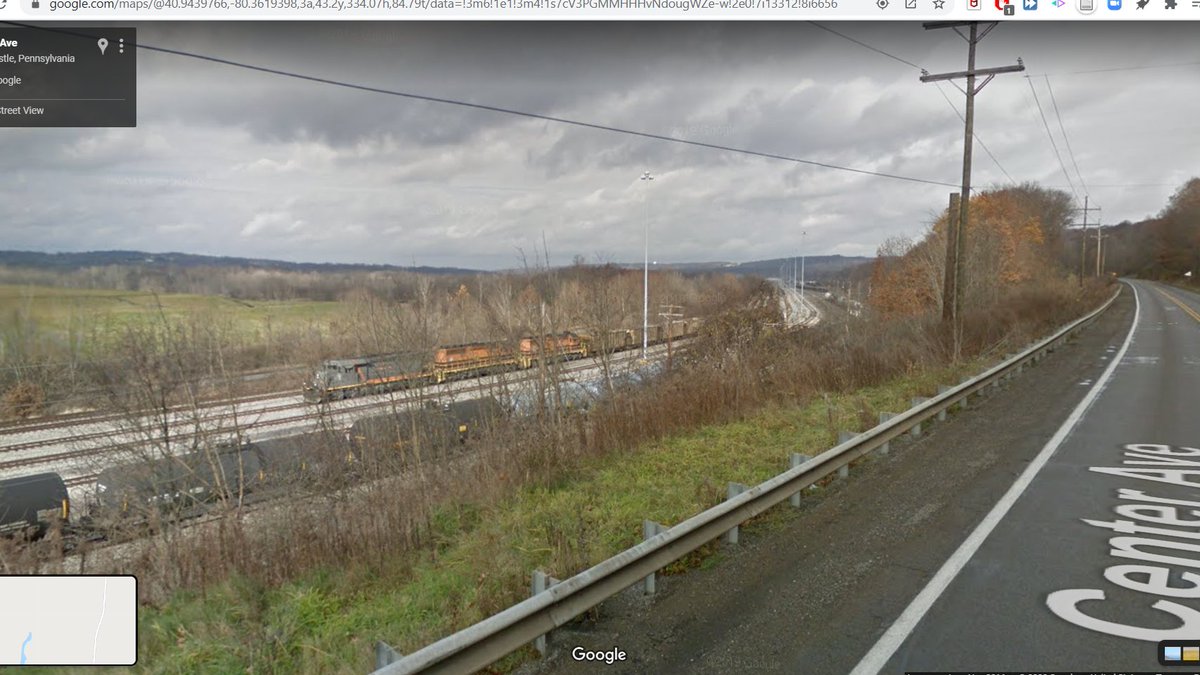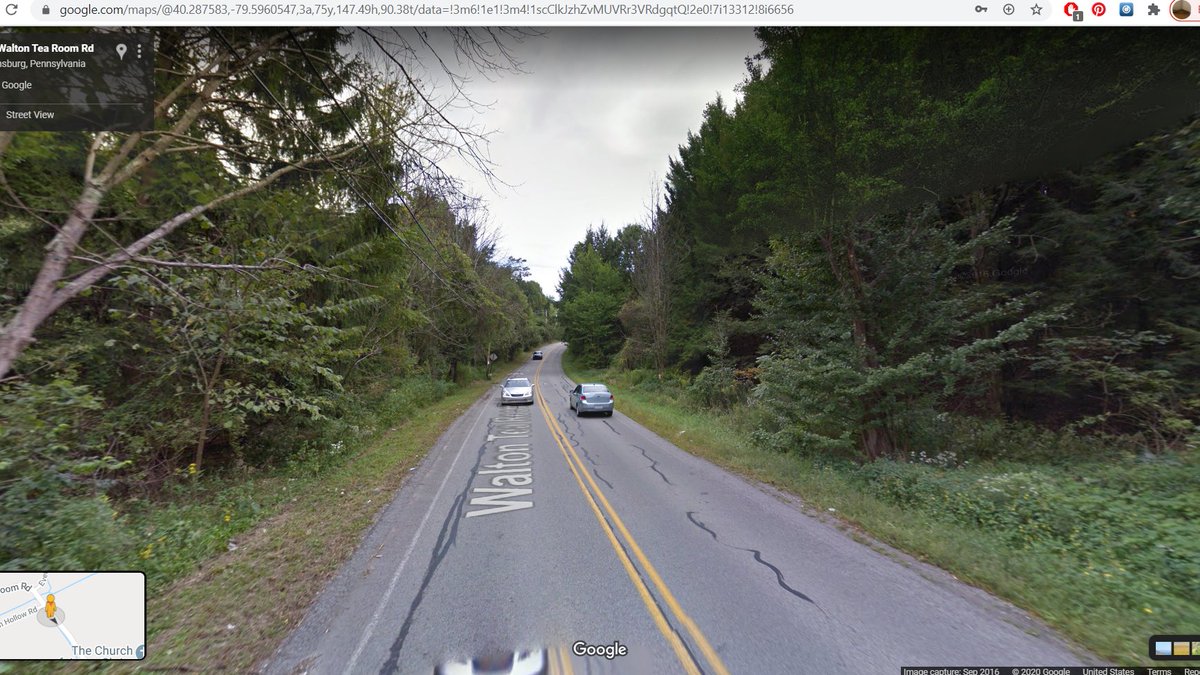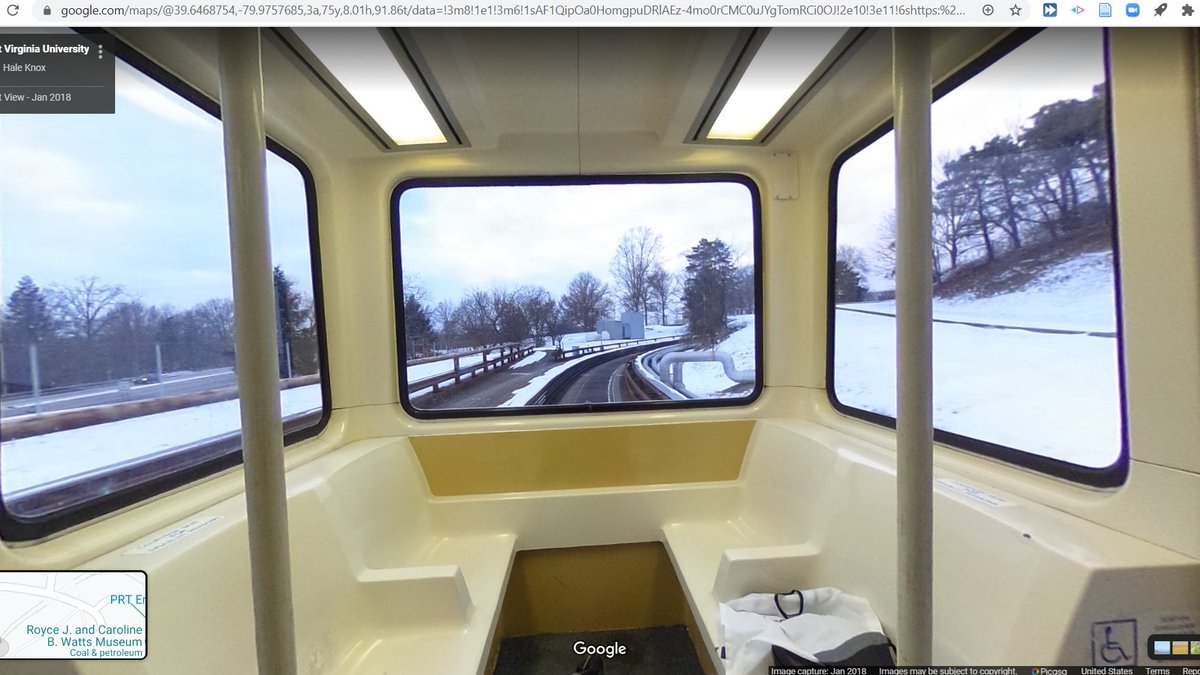















This place is a big farming and (sodium) bentonite town. Roughly defines one end of the only really productive sodium bentonite mining region in the US. #SEANYC































duluthnewstribune.com/business/54655… #SEANYC





(you know you're tired when you confused coal and iron the first time you posted this)












Left: the abutment for a trestle that once carried ore cars directly to ore piers where they could be dumped into ships
Right: a conveyor belt that today brings ore from a nearby railyard #SEANYC













wausaupilotandreview.com/2018/10/30/tox…





(h/t to @btx91 for prompting me to reword and expound here)

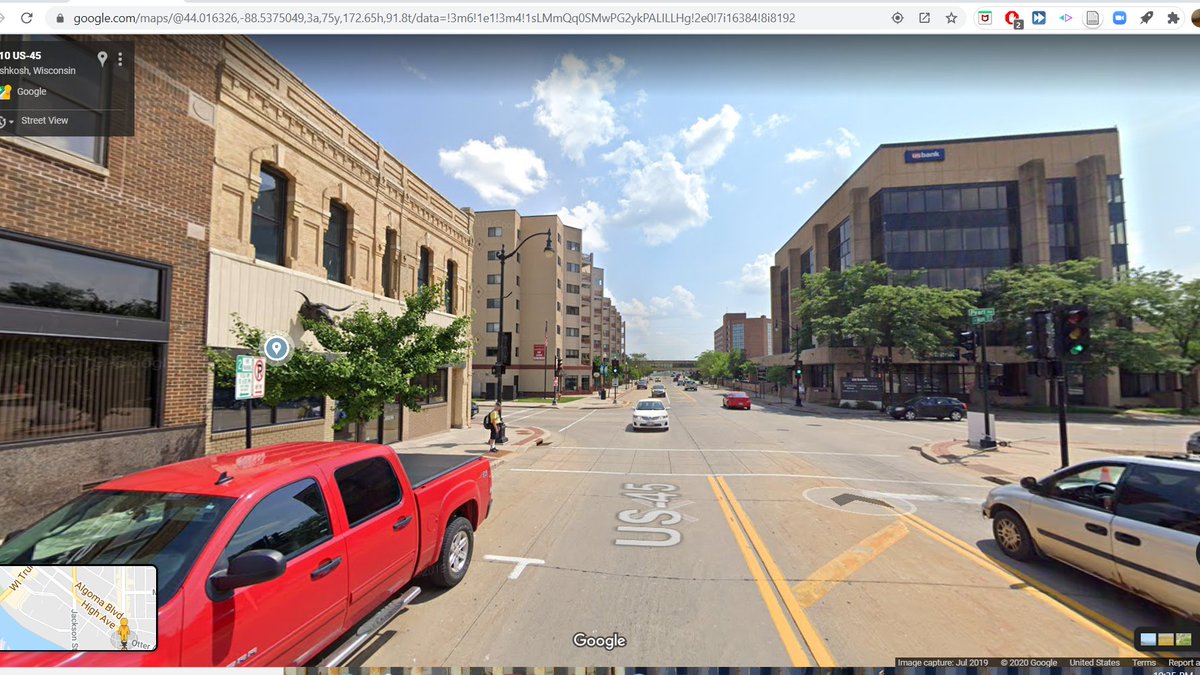








urbanmilwaukee.com/2018/06/09/the…
brennancenter.org/our-work/court…
pinterest.com/pin/4604227618…






wpr.org/naacp-official…
jsonline.com/story/news/pol…



#SEANYC




industrialscenery.blogspot.com/2019/01/ej-elg…


lib.niu.edu/1987/im871205.…
#SEANYC






industrialscenery.blogspot.com/2017/05/railro…
clearinghouse.isgs.illinois.edu/webdocs/ilhap/…



forgottenchicago.com/features/the-e…


Over: Ogilvie leads, used by Union Pacific N/NW/W. #SEANYC


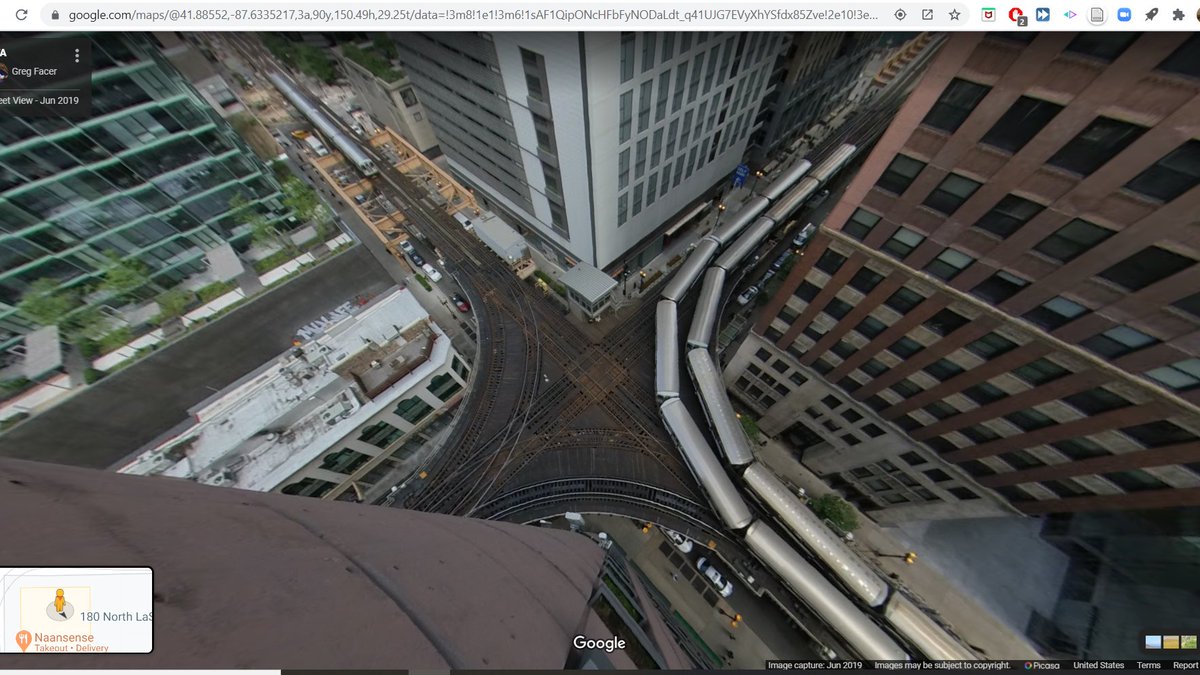
drive.google.com/file/d/176eBdd…

chicago-l.org/operations/lin…



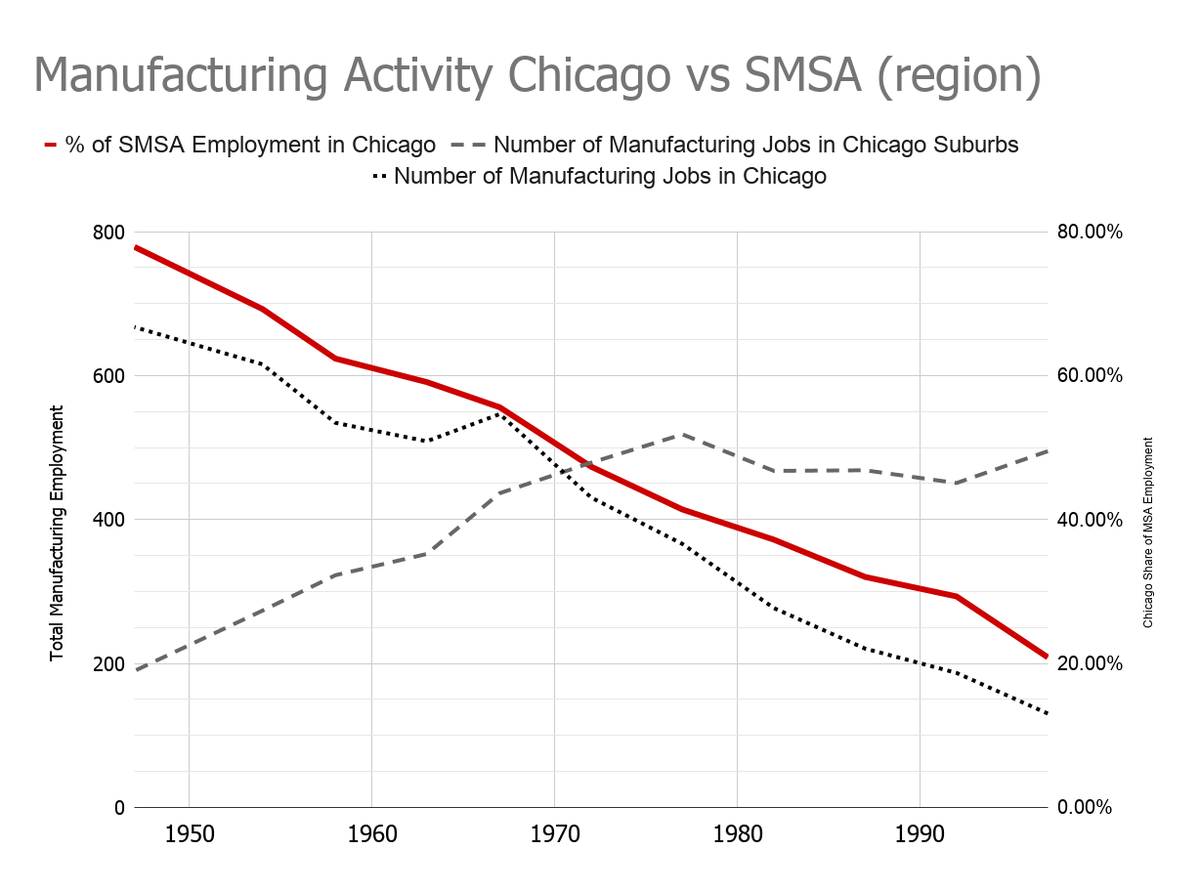
cmap.illinois.gov/documents/1018…


itineranturbanist.files.wordpress.com/2016/05/final-…
timetable from: chicagorailfan.com/schedule.html



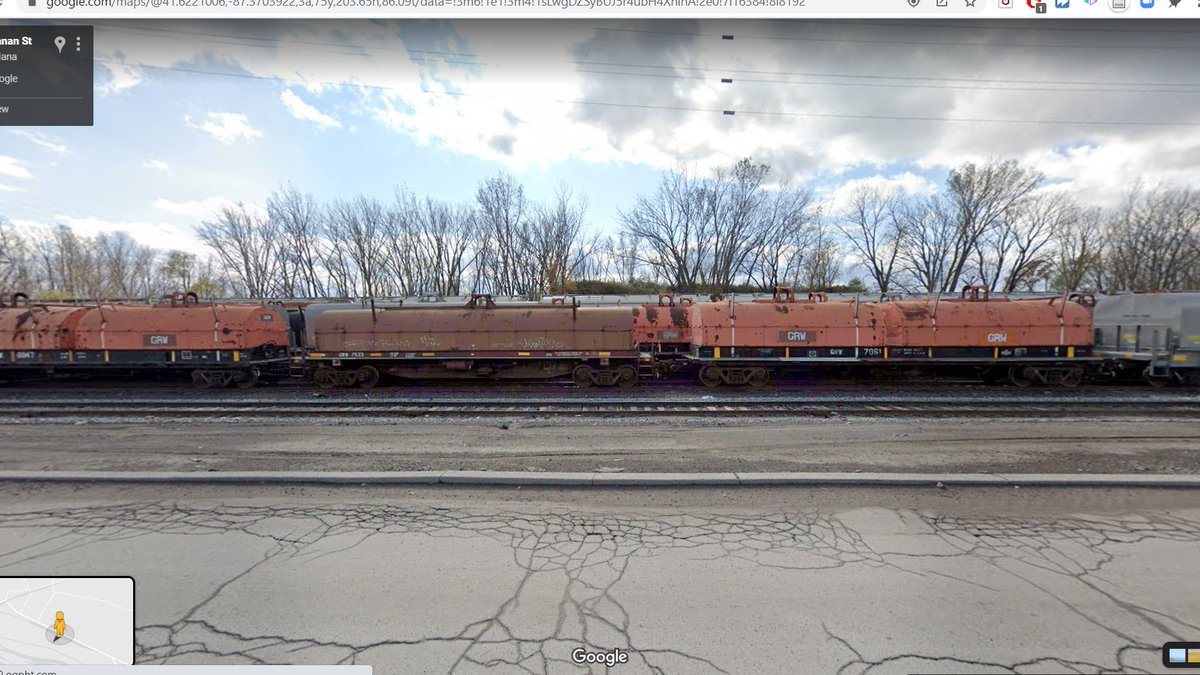
Backgrond: NS's ex-Conrail Chicago Line, their primary artery for freight traffic in and out of the region. Easily sees 60+ trains/day #SEANYC

flickr.com/photos/2955783…










upload.wikimedia.org/wikipedia/comm…)








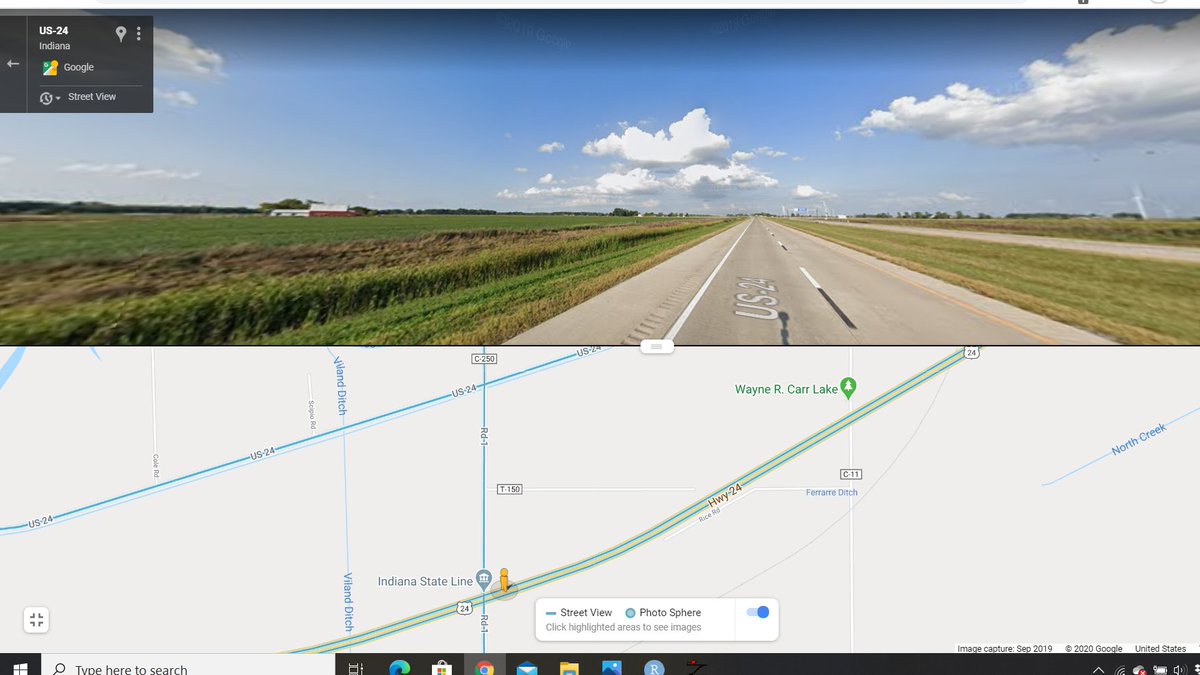

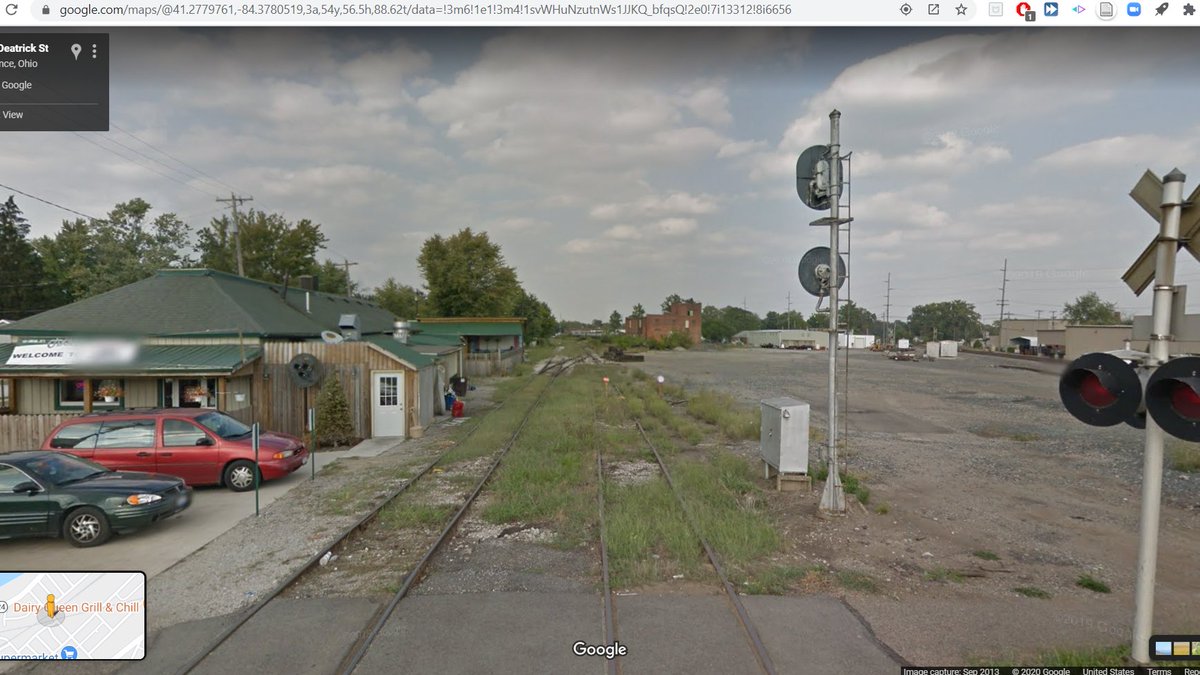
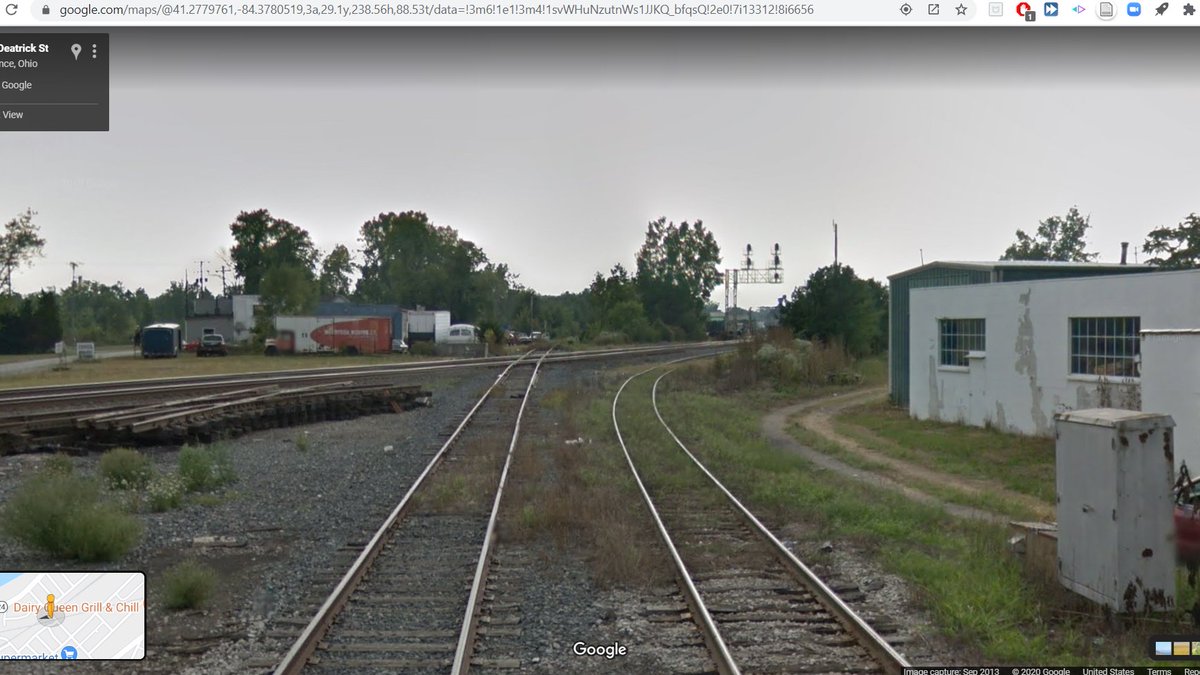





(Img from: upload.wikimedia.org/wikipedia/comm…)





























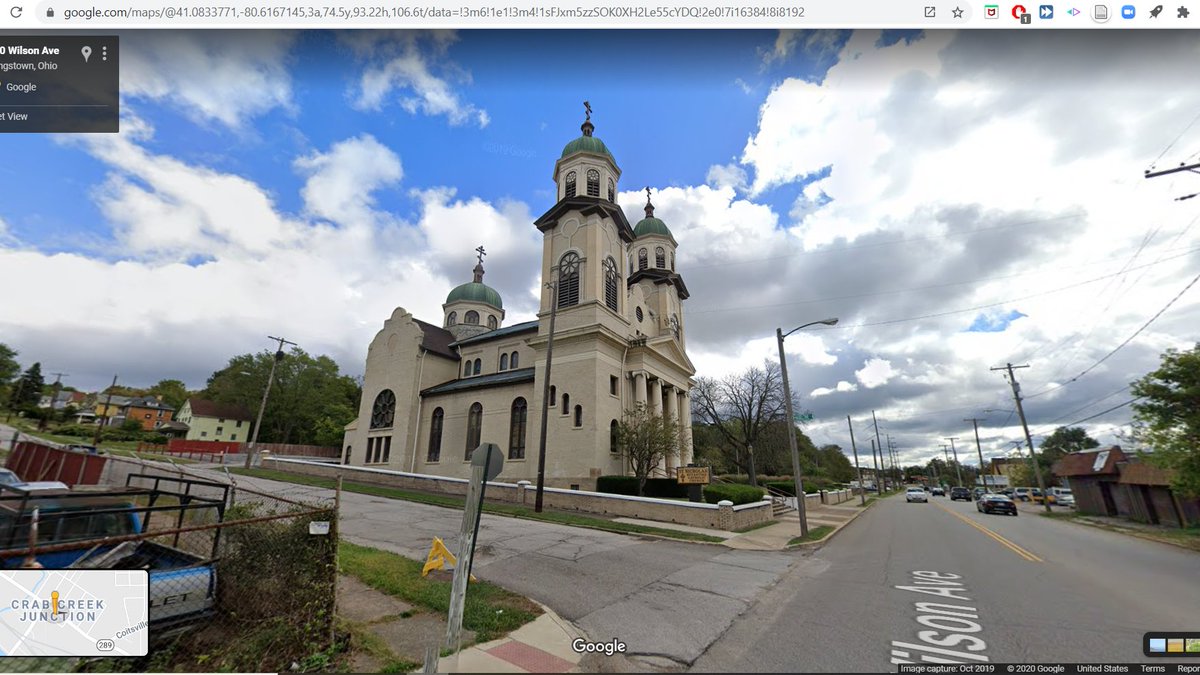

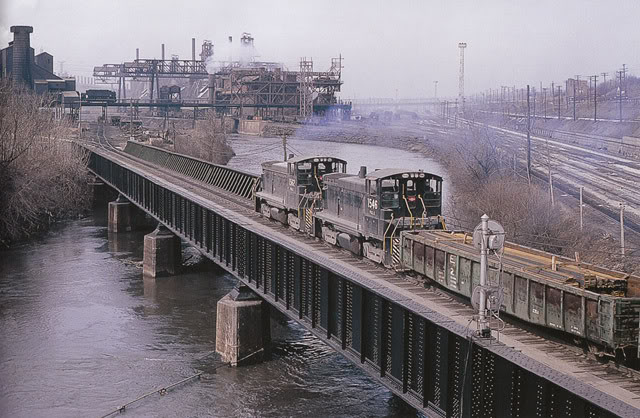





pahistoricpreservation.com/wp-content/upl…















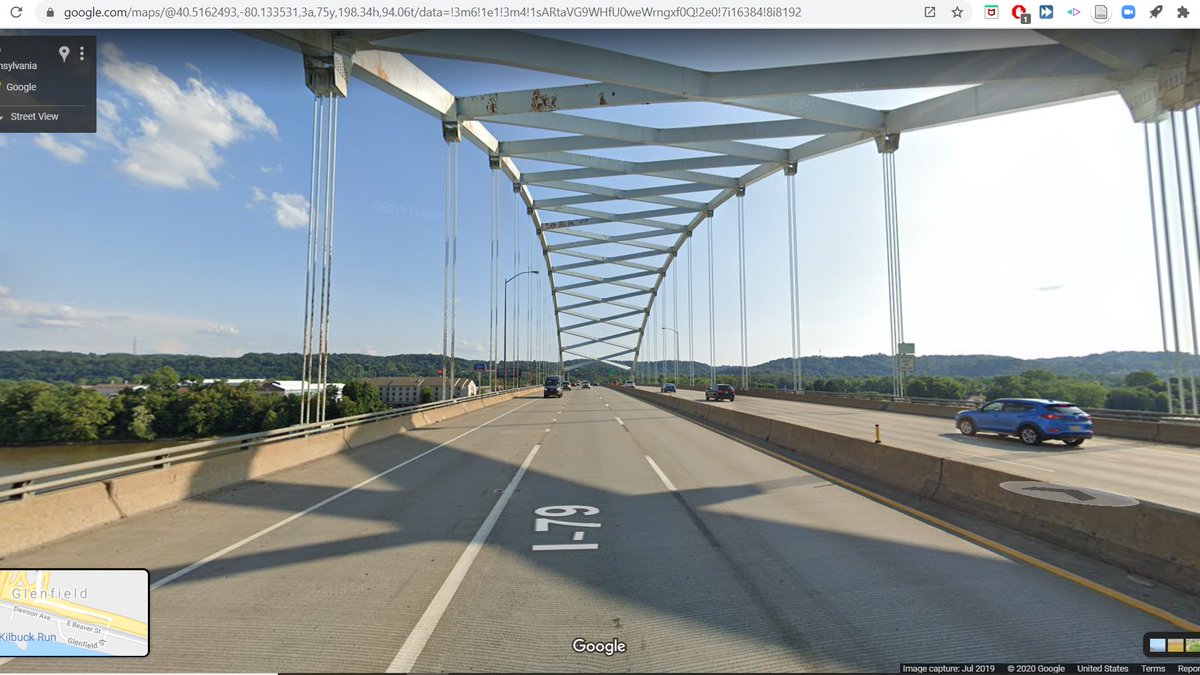

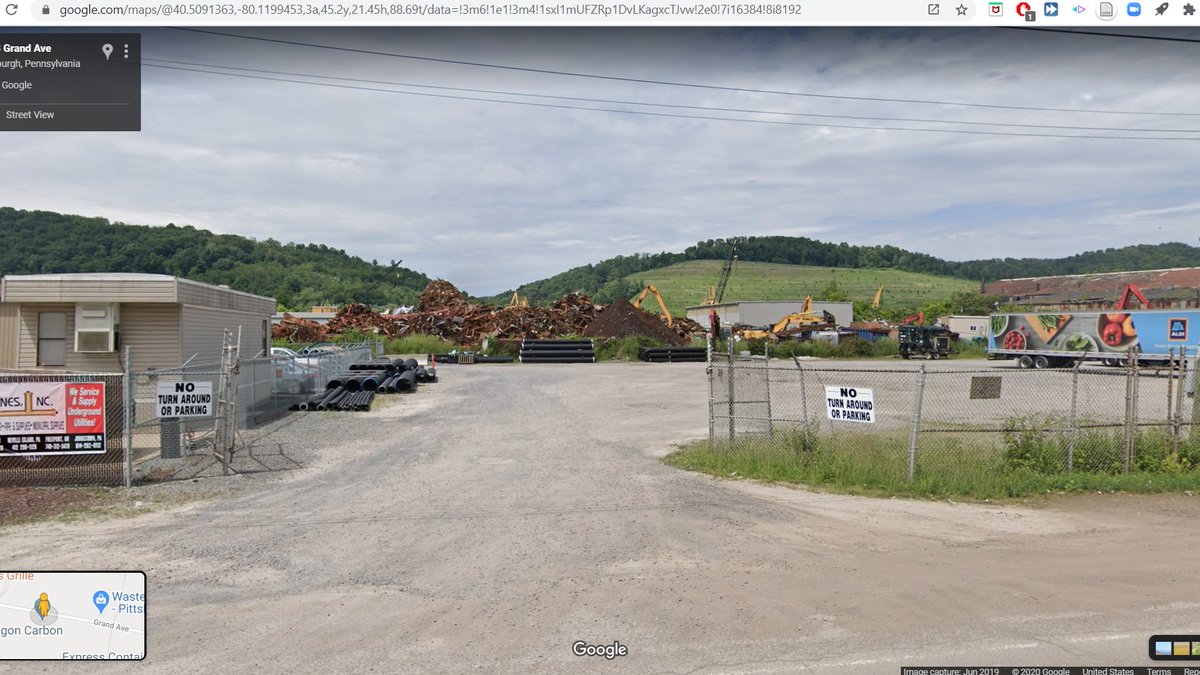



appvoices.org/2018/06/07/hea….












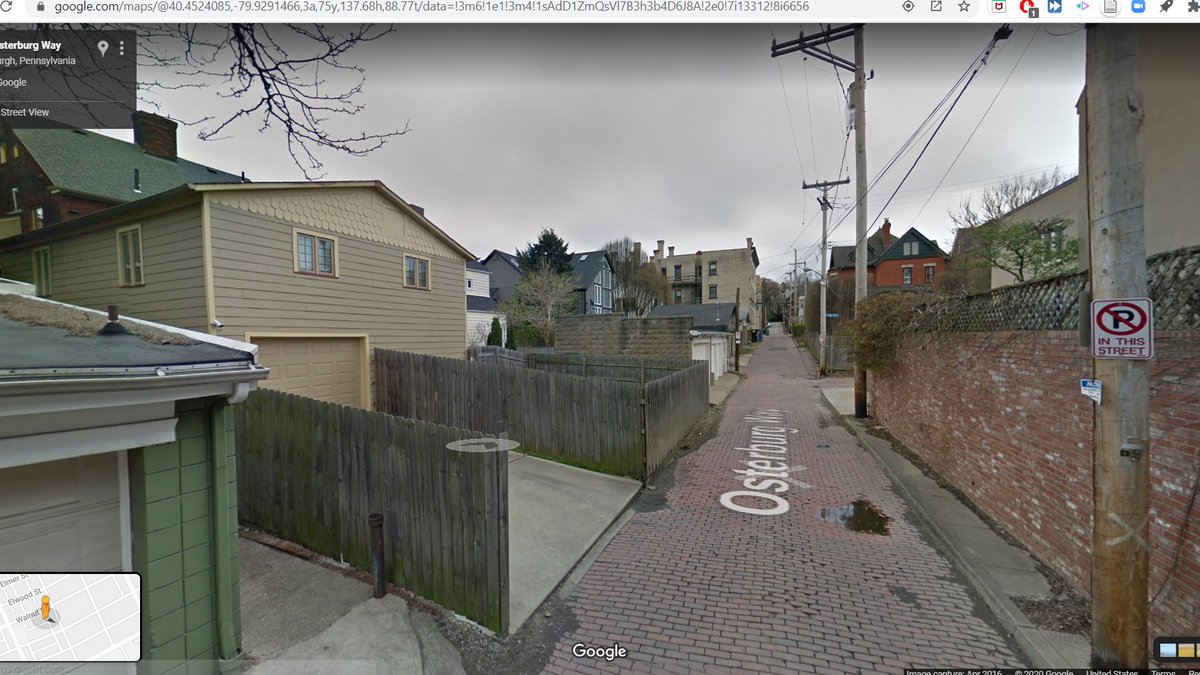
brooklineconnection.com/history/Facts/…



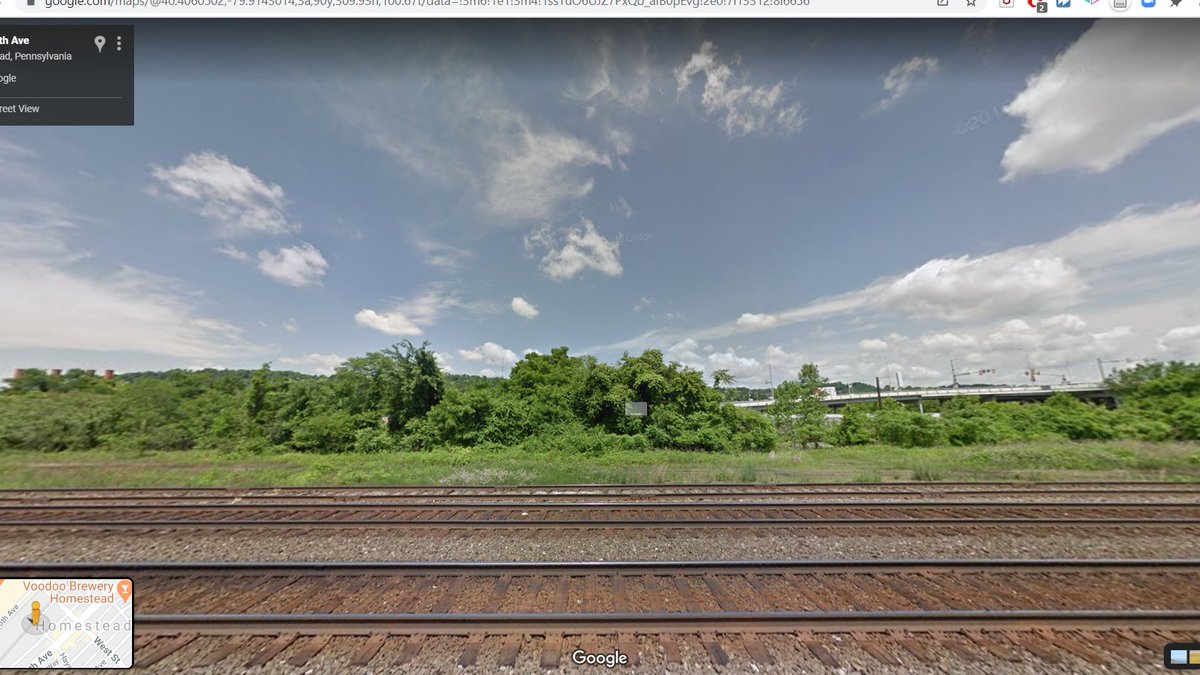





graphic from en.wikipedia.org/wiki/Alphabet_…








> Does not connect it to anything, creating a curb cut to nowhere
networks, people. networks.
#SEANYC
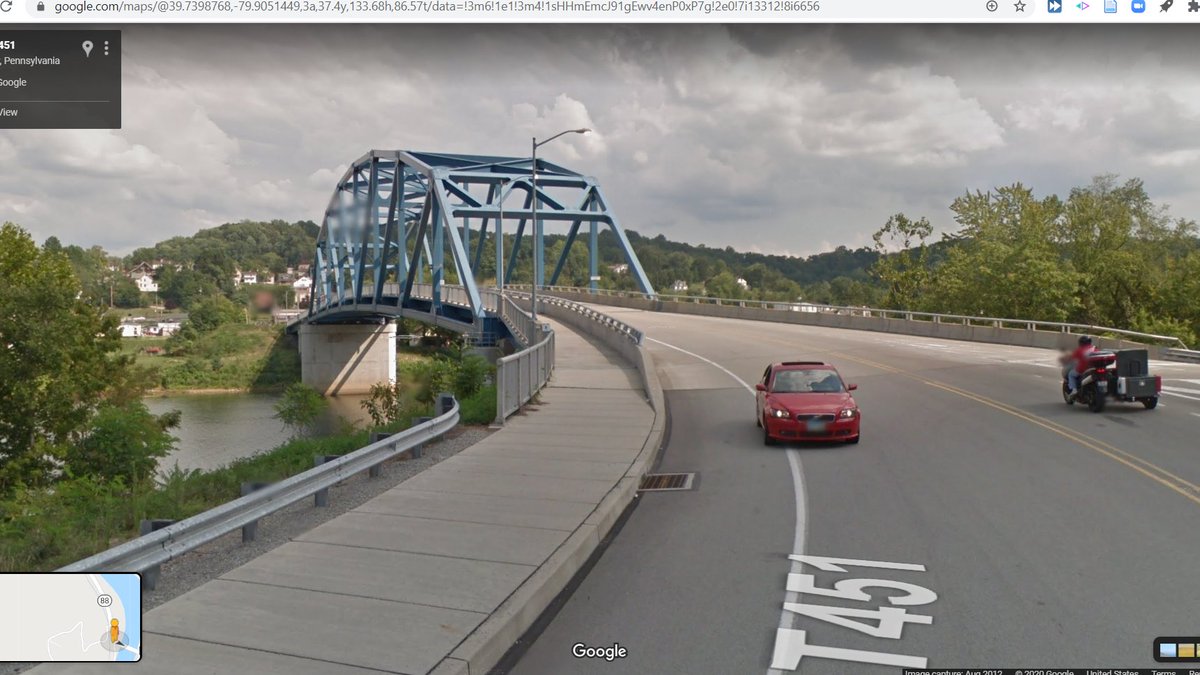




Currently enjoying some sidewalk streetview in Morgantown. More of this @googlemaps!
